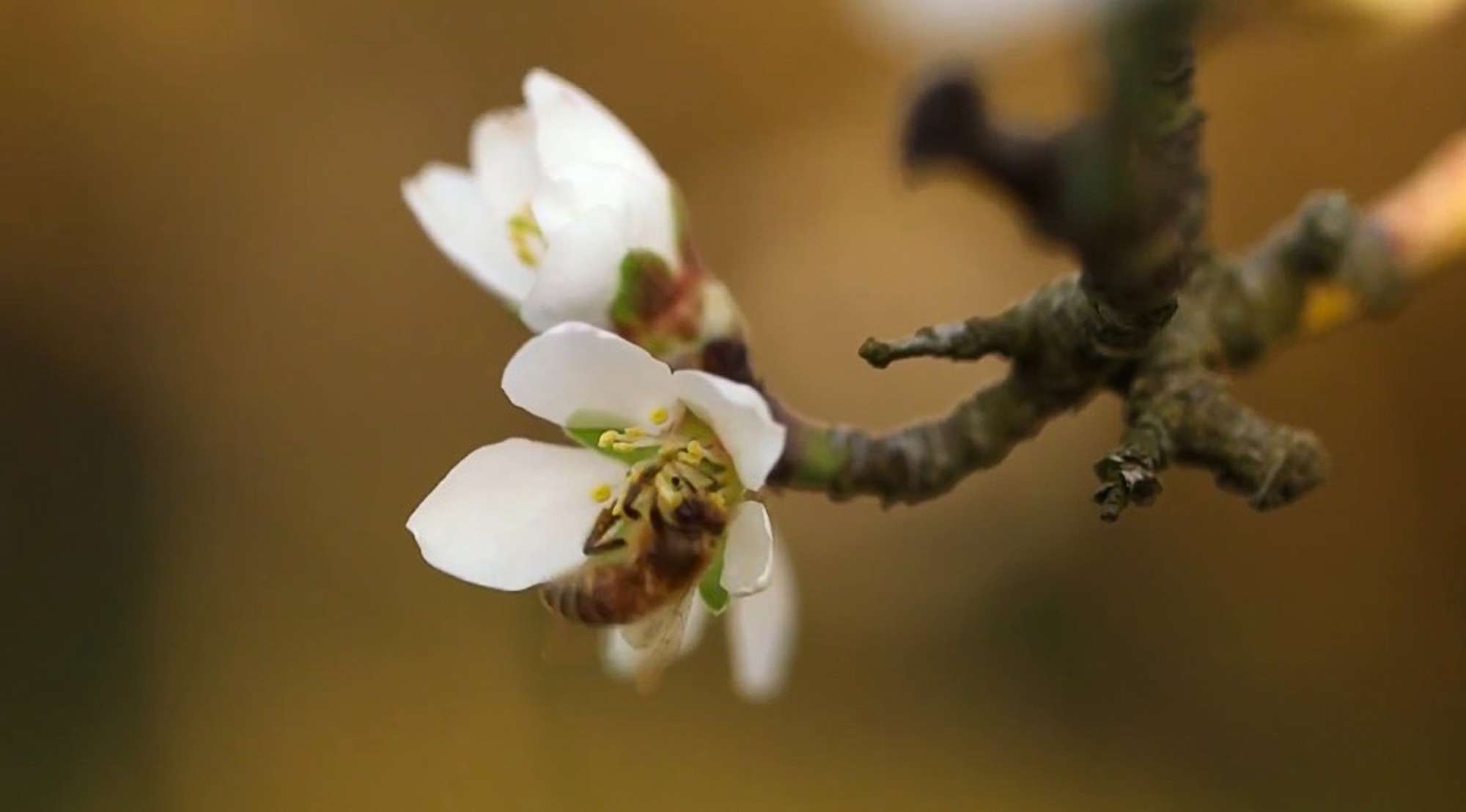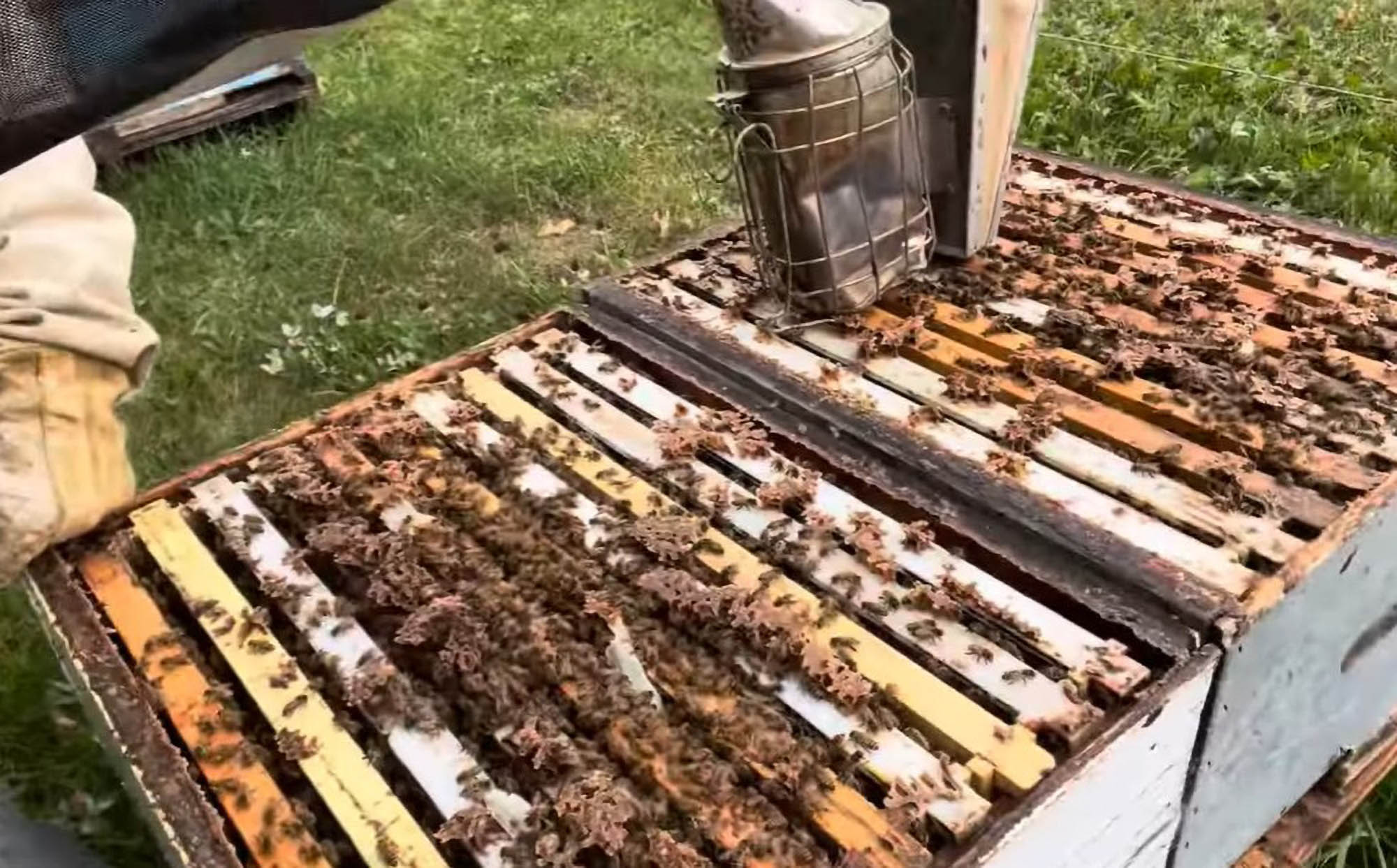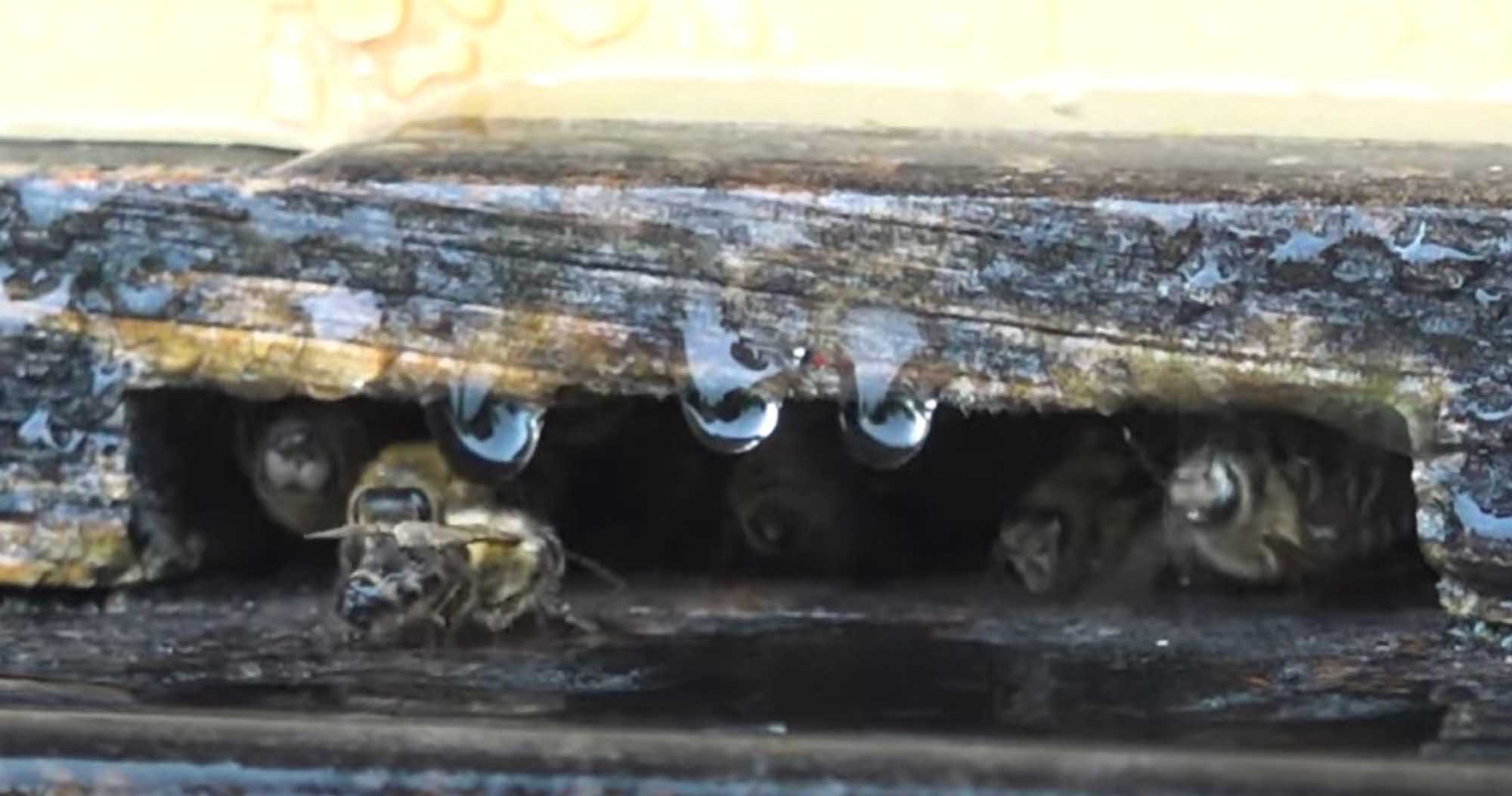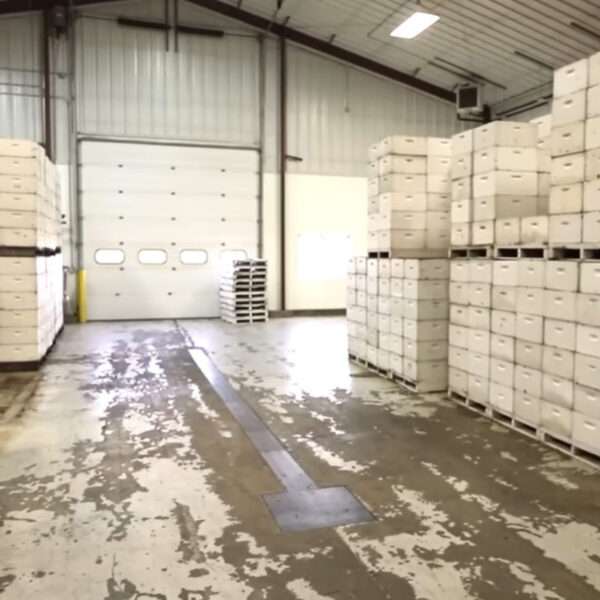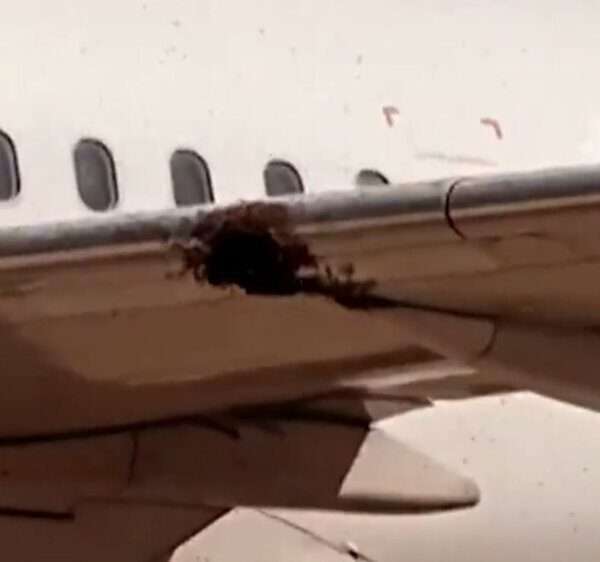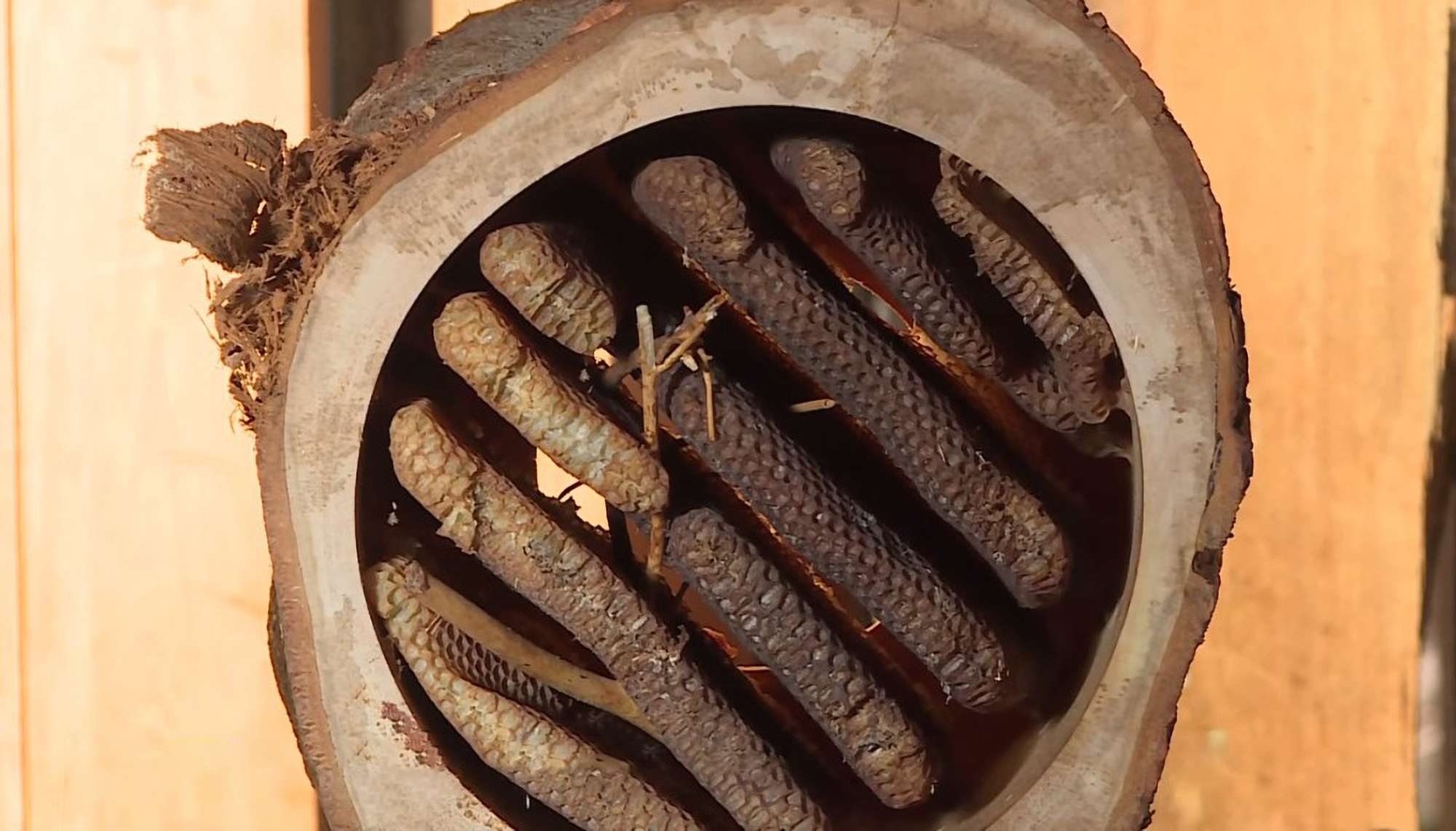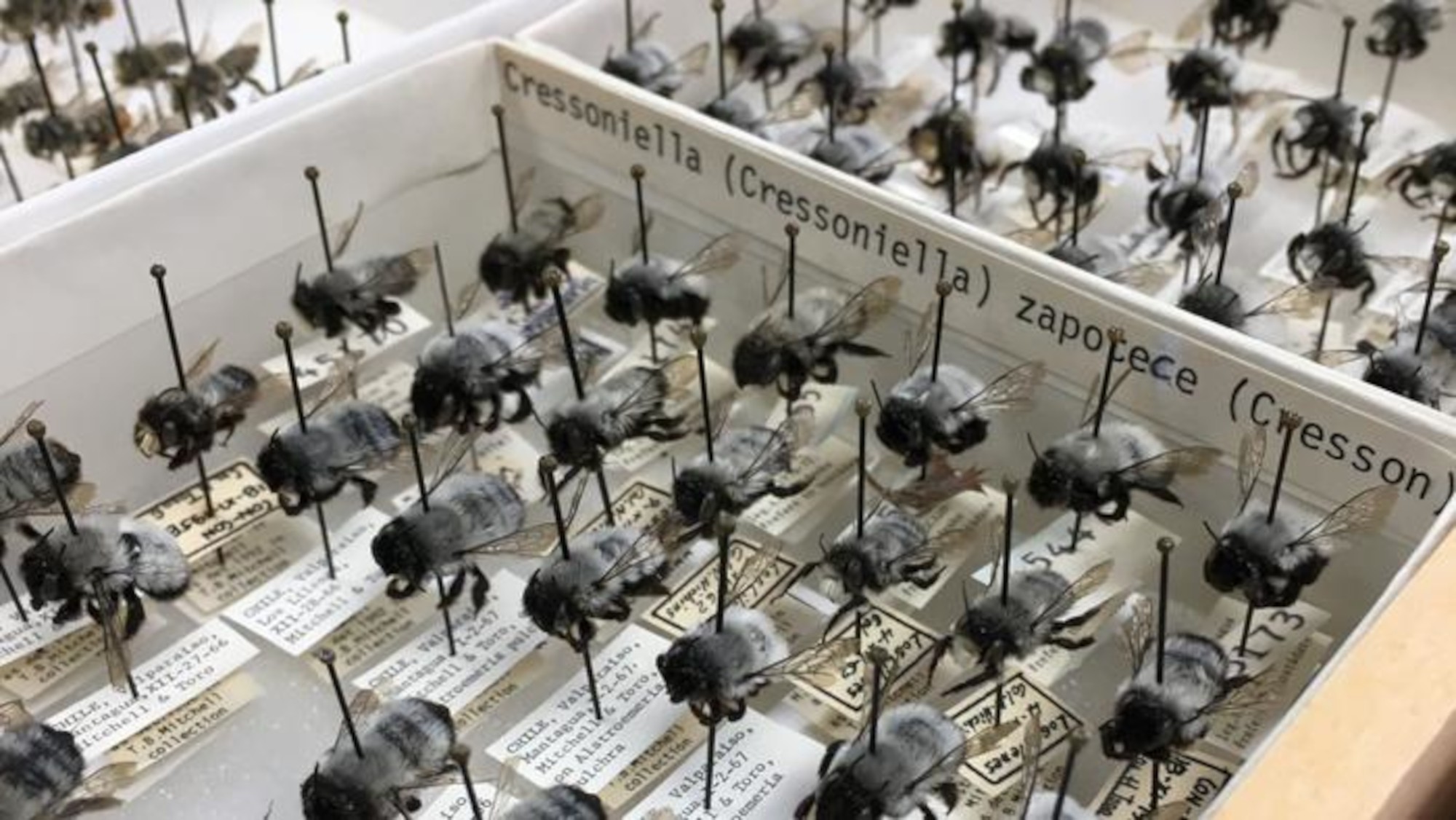Focusing on species that are essential to biodiversity could help to slow down the demise of local ecosystems, researchers in the United States have suggested.
Scientists at Northeastern University, a private research institution in Boston, Massachusetts, warned that the loss of a keystone species “can result in the collapse of an entire ecosystem” and emphasised that few creatures are more important to our planet than honeybees.
Researcher Udit Bhatia said in order to restore perished ecological structures, the equivalents of honeybees in different ecosystems should be identified and reintroduced. Udit did not elaborate on which types of insects in particular he considered.
The Northeastern University scientist said: “Our work essentially gives us an interesting way to bring network science together with dynamics to address the problem that many researchers have been highlighting.
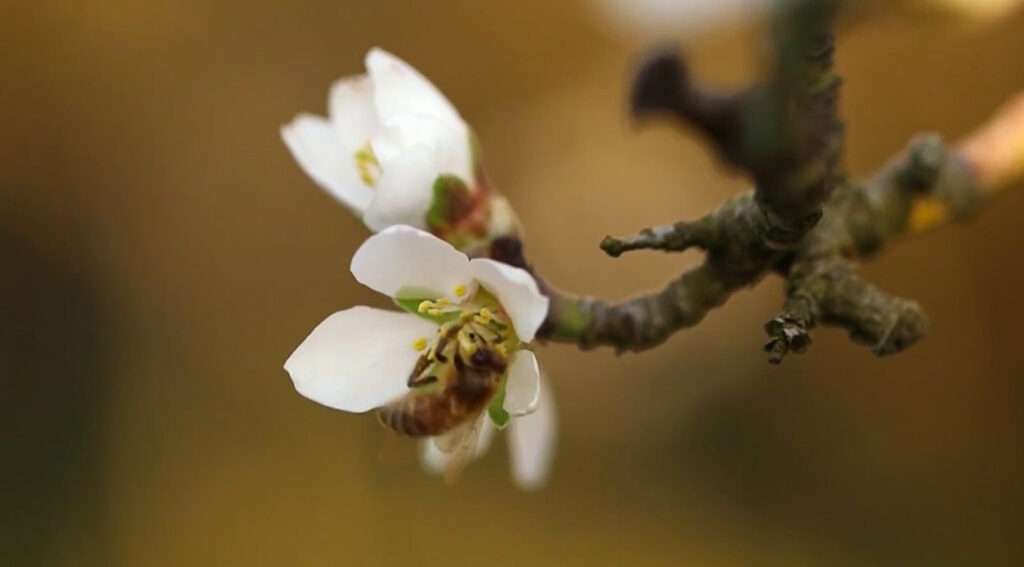
He added: “This regards the extinction of species, reintroduction of species, how to identify keystone species, at what level we should be collecting that data and what to do if our ecosystems are data poor.”
Udit admitted that the search for individual keystone species had been elusive as ecologists tend to focus on more complex factors when it comes to the introduction of types of animals to ensure the recovery of a certain ecosystem.
He concluded: “What our findings essentially suggest is that the ecologically most obvious answer, the species which are most connected, may be the ones that result in the fastest gain.”
Meanwhile, a Zurich-based biologist has underlined that even small meadows can function as habitats for bees, bugs and butterflies.
Speaking about her engagement to increase the number of green areas in the city in Switzerland, Isabella Sedivy said: “Tarmac is causing extreme heat in summer. Furthermore, it can lead to flooding.”
Isabella founded Plan Biodivers, a communication agency focusing on ecological topics.
She said: “Our target is to break up as many tarmac surfaces as possible. Domestic plants should grow there.”
There are around 20,000 bee species in the world. They are all crucial to the environment due to their pollination activity.

